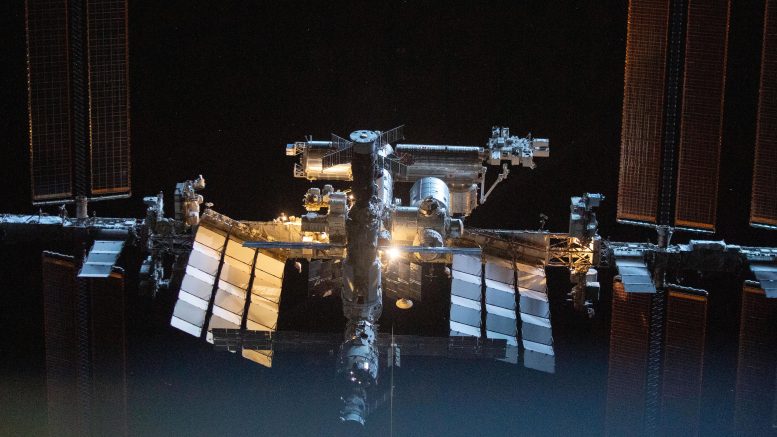
The International Space Station is pictured from the SpaceX Crew Dragon Endeavour during a fly-around of the orbiting lab that took place following its undocking from the Harmony module’s space-facing port on November 8, 2021. Credit: NASA
The Expedition 68 crew kicked off the new year with an array of microgravity research aboard the International Space Station aimed at sustaining future crews farther away from Earth. The seven orbital residents from the United States, Japan, and Russia explored a wide variety of phenomena including space nutrition, dexterous manipulation, and microbe samples collected from inside the orbiting lab.
Providing adequate nutrition for crews is critical as NASA and its international partners plan expeditions to the Moon, Mars, and beyond. The BioNutrients-2 investigation is using genetically engineered microbes to provide nutrients, and potentially other compounds and pharmaceuticals, on-demand in space. NASA Flight Engineer Nicole Mann nourished and incubated genetically engineered yeast samples for the study in the Space Automated Bioproduct Laboratory on Tuesday.
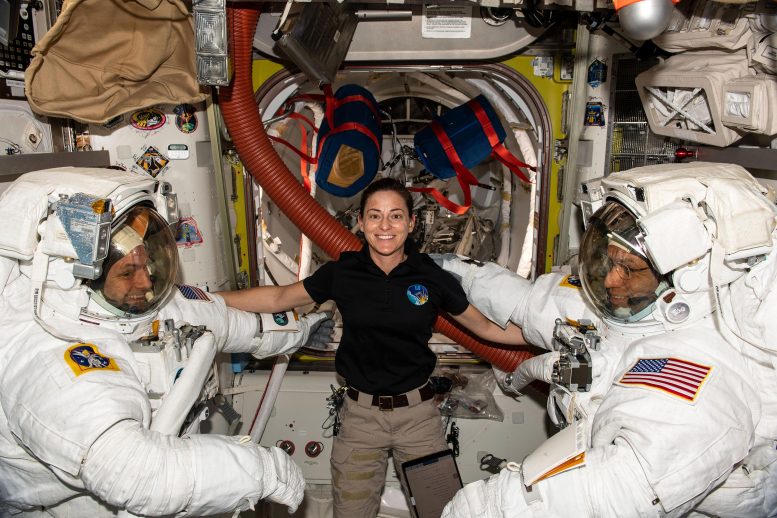
Expedition 68 Flight Engineer Nicole Mann (center) of NASA poses with NASA spacewalkers Josh Cassada (left) and Frank Rubio (right) who were suited up and ready to begin a spacewalk to install a roll-out solar array on the International Space Station’s Port-4 truss segment on December 21, 2022. The spacewalk was ultimately postponed for 24 hours so that the orbiting lab’s ISS Progress 81 cargo craft could fire its engines to maneuver the station and avoid an approaching piece of rocket debris. Credit: NASA
The way humans adapt to the lack of an up-and-down reference in weightlessness is also important as researchers study how astronauts grip and manipulate objects. NASA Flight Engineer Josh Cassada seated himself in a specialized chair in the Columbus laboratory module and performed different tasks using a controller device. Scientists may gain insights and use the observations to design intelligent spacecraft interfaces benefitting future astronauts as they venture into deep space visiting planets, moons, and asteroids.
Understanding the microbial environment on the space station is another vital activity to ensure healthy crews and safe, successful missions. NASA Flight Engineer Frank Rubio analyzed microbe samples on Tuesday morning that were collected from the station’s atmosphere and surfaces and grown in an incubator. Those samples will be returned to Earth next week on the SpaceX Dragon cargo craft for additional analysis. Roscosmos Flight Engineers Dmitri Petelin and Anna Kikina performed their own analysis of a separate set of microbe samples adding to the knowledge of how bacteria and fungi adapt and thrive in microgravity.
Flight Engineer Koichi Wakata of the Japan Aerospace Exploration Agency (JAXA) tended to research samples being observed to understand bone regeneration on Earth and in space. Wakata later took a robotics test on a computer measuring his performance, behavior, and cognition while living in space. Station Commander Sergey Prokopyev from Roscosmos set up an experimental 3-D printer to demonstrate the ability to print parts and tools supporting spacecraft and space habitat maintenance.


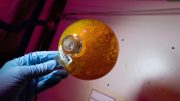

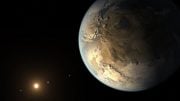

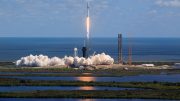
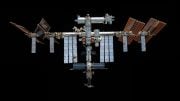
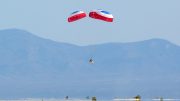
Be the first to comment on "Space Station’s Exciting New Year Kickoff: Promoting Deep Space Exploration"